When it comes to textiles and tapestries, nothing quite comes close to those that originate from Mindanao. The Philippines’ south is home to a lot of tribes, hence, making the ethnic diversity of the region very prevalent. It’s high time we give the contributions of Mindanao to our national identity the recognition they deserve.
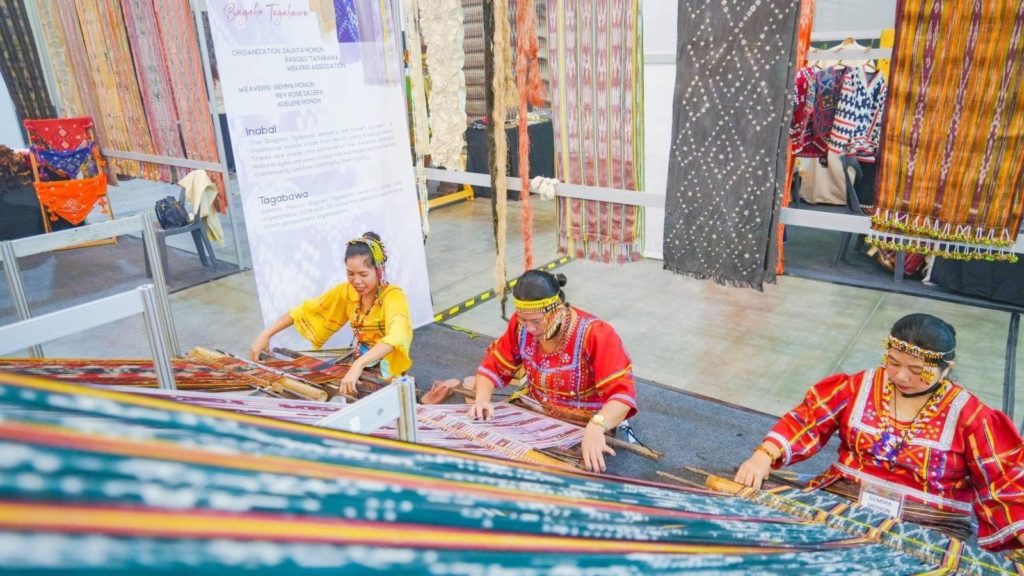
In terms of art, textile, and tapestries, you can certainly find a lot in the region – each of them having different purposes and meaning, significant to the culture and way of living of the tribes they are from. An example of which is the malong, which has a variety of uses including being a hammock, a table cloth, or a bedspread. Most importantly, this piece of fabric is incorporated in the lives of specific ethnic groups, having the tradition of wrapping a newborn with malong, wearing it as daily clothing, and wrapping a corpse with it as well.
The Evolution of Weaves
Renowned designer, Renee Salud, aimed to showcase just how beautiful Mindanao is. They advocate for the use of indigenous materials in fashion shows, with exhibits all around the globe including Tokyo, Taipei, Seville, and Caribbean.
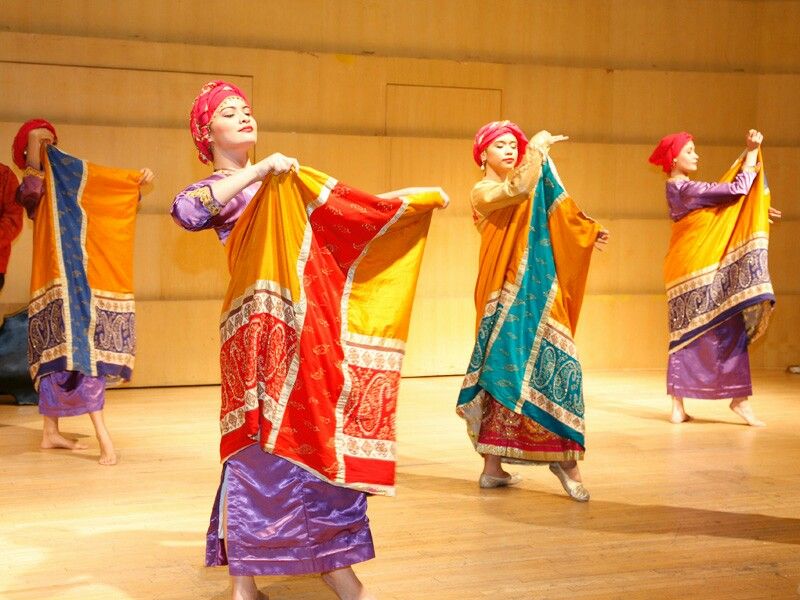
Their neo-ethnic collection also makes use of the beadwork and native textiles to make pieces that are representative of Mindanao art. Despite not being a native of the island, they still yearn to preserve the works that are so significant to it. With their creativity and passion, the world got to see a glimpse of Zamboanga, Bukidnon, T’boli, Manobo, and Maranao.
Types of Textiles from Ethnic Groups
The last time I saw examples of tapestries and textiles from ethnic groups was in elementary in a Sibika book. Such works are rarely featured in mainstream media, and it is so important that we get to witness and learn about a huge part of Mindanao’s culture as much as we marvel at classic artists from Luzon and their chosen art forms.
The B’laan focuses on embroidery, beadwork, and brass ornaments. Women wear brass belts with small bells draped around the waistline as part of their culture. One practice originating from them is ikat, which is the process of tightly wrapping yarns with strings which are dyed before weaving.
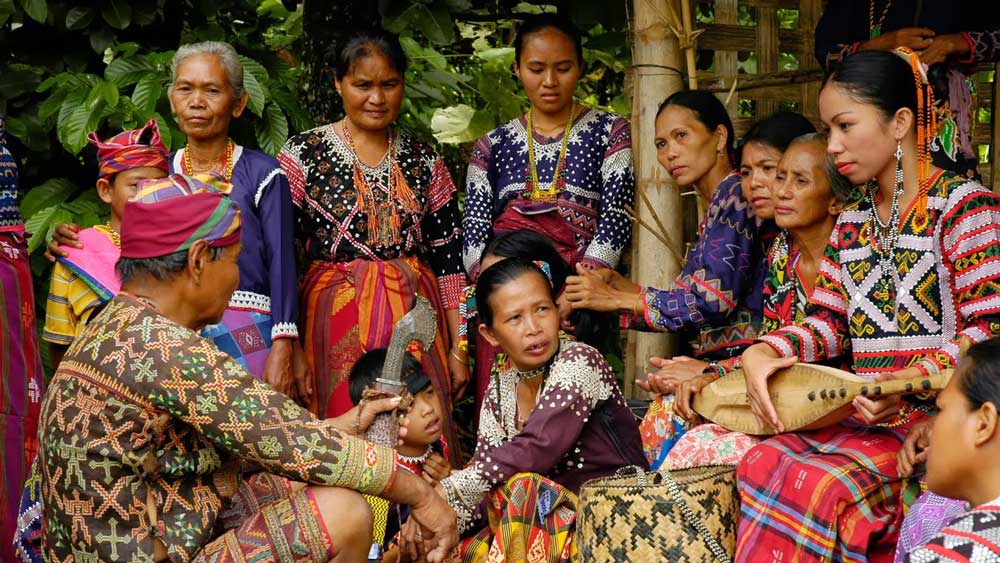
The T’boli from Cotabato also make clothes from a special textile with abaca fibers called t’nalak. Each pattern is different, all being just mesmerizing. For the T’bolis, weavers believe that gods and their ancestors visit them in their dreams to teach them what designs and patterns are to be woven.
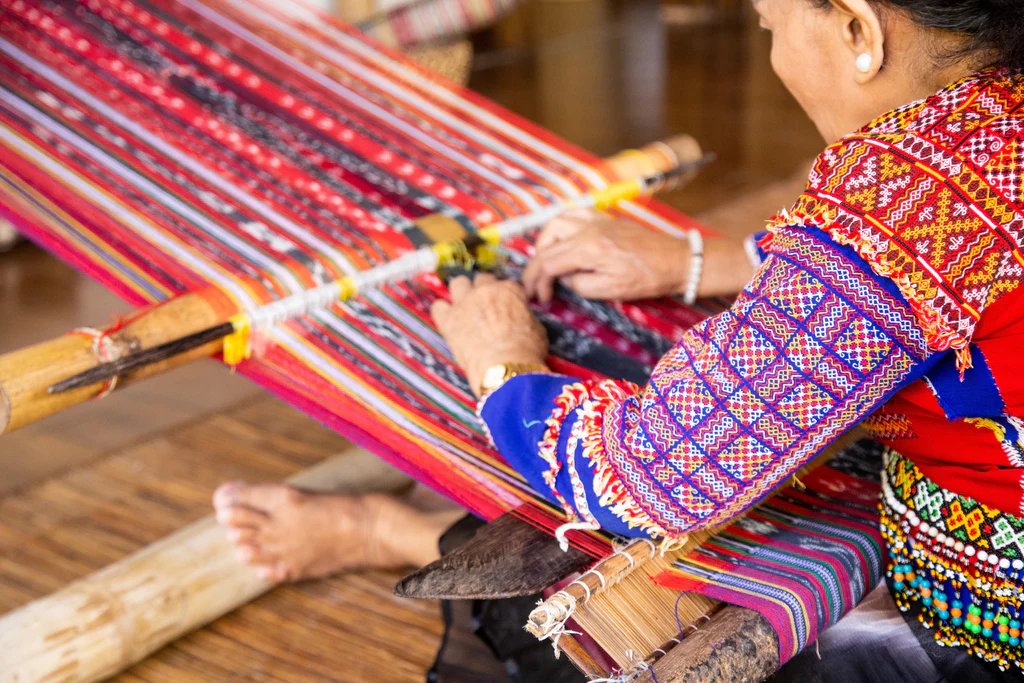
The culture and background of Mindanao truly is unique and unmissable. With goals similar to Renee Salud accompanied with the effort in making sure that their people and their works are heard of, we will be able to showcase its wonders directly given by the hands and history of the people in Mindanao.


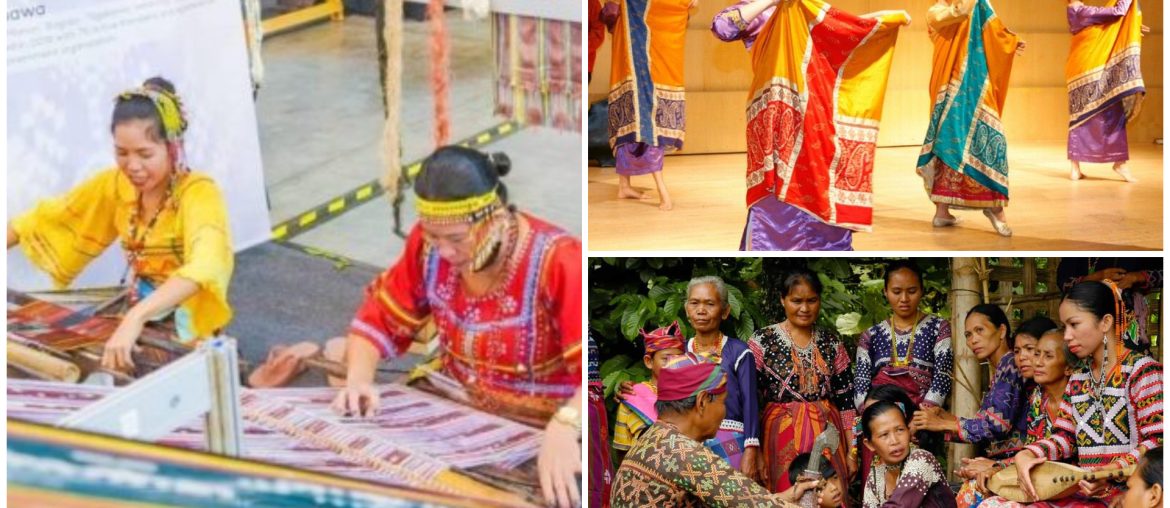
Comments are closed.